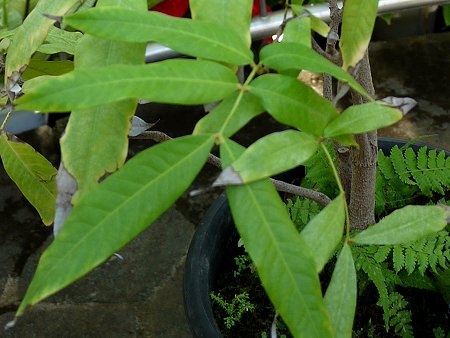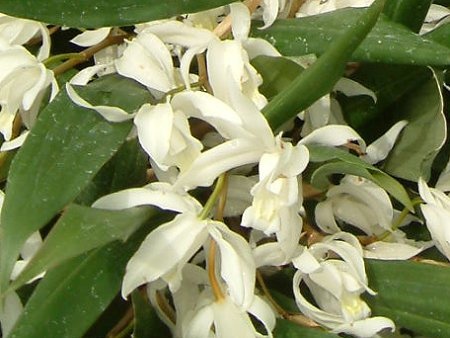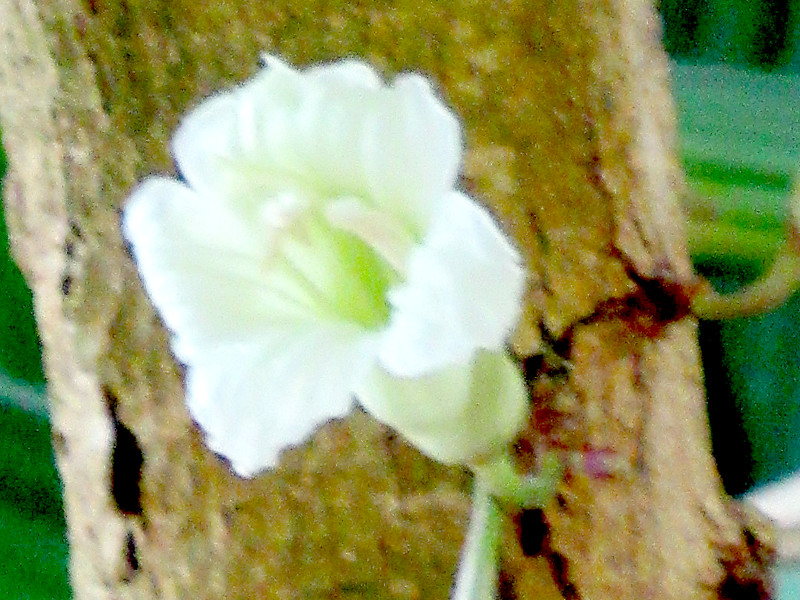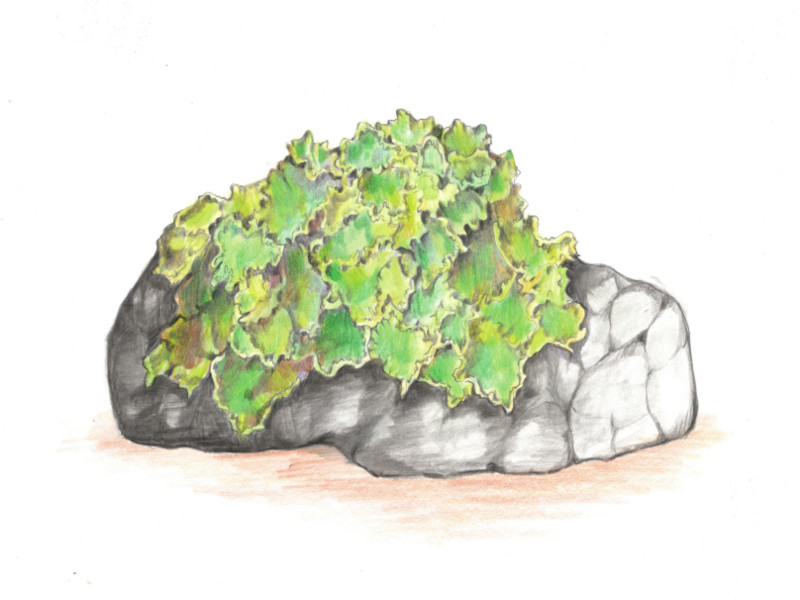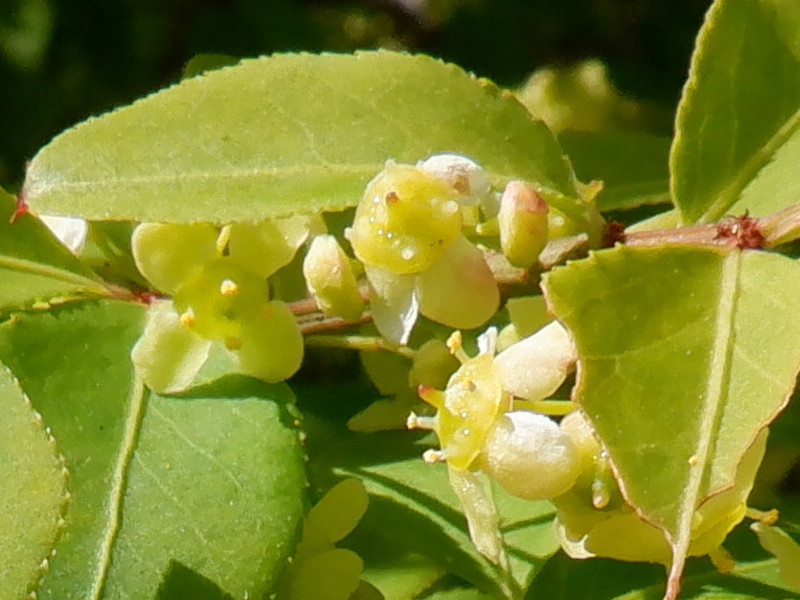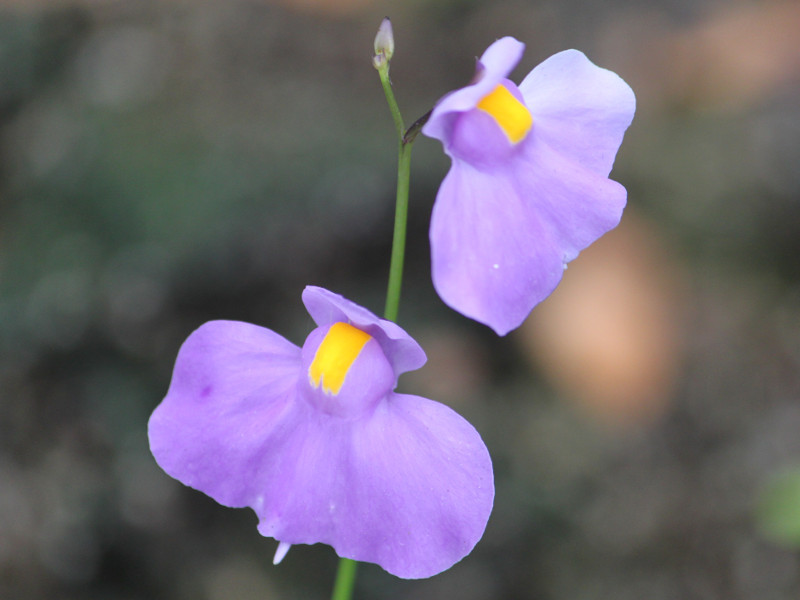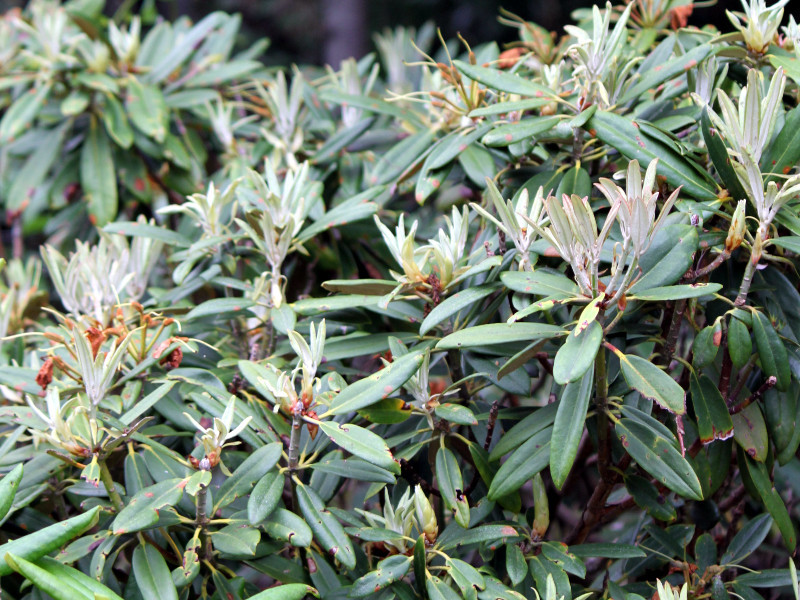Ashoka tree
- Flower nameAshoka tree
- Scientific nameSaraca asoca
- Aliasアソカノキ, 無憂樹, 阿輸迦の木, Saraca asoca, 阿輸迦樹, Sorrowless tree, asoca, アソッカ, Asoka tree
- Place of originIndia-Southeast Asia
- Place of floweringGarden, Cemetery & Temple, Streets, Planting
- Flowering seasonJanuary, February, March, December
What is Ashoka tree
Ashoka tree (scientific name : Saraca asoca, Synonyms : Saraca indica) is a non-cold-tolerant small evergreen tree in the family Fabaceae native to India. It is considered one of the three major sacred trees of Buddhism, and it is said that Sakyamuni was born under the tree. Tree height is about 8 metres with dark grey-brown bark. Material no less durable but is used as a building material and furniture. Cortex is large pinnate leaves. Open the leaf is bunch of leaves of light yellow pink and drooping white and then, to grow and become green. Degenerate petal flower panicles together clusters of florets that bloom looks, but the four sepals are petal looks like. Calyx color Fox red and orange-> yellow->. Flowering time is December-is to March the following year. Made after the flower pod-shaped fruit, while seeds of Vicia faba.Use the temples, gardens, street trees, building materials, furniture and medicinal bark. [Buddhist 3 Holy trees: munge (scientific name:Saraca indica) refers to the sacred fig (Indian lime trees, moraceae), SAL (SAL, Dipterocarpaceae). Sacred Fig is the Buddha under the enlightened and communicated.Sal Shakyamuni have died under this tree and communicated.
Common names: Asoka tree, scientific name: Saraca asoca, Synonyms : Saraca indica, also known as: Sorrowless tree, origin India-Southeast Asia, living type: non-cold-resistant Evergreen small trees, height: 8 m, bark color: dark gray-Brown, materials: non-durable, leaf: large pinnately compound leaves and leaf quality: cortex, Flowers come together leaves new leaf: light yellow pink and drooping → white → (grow) and green, open: panicles, Star: tufted set flowers, flower (really is calyx): yellow → orange → red, sepals number: 4 petals, degeneration, flowering period: December-next year March, fruit shape: beans shaped like a sheath, use: temples, gardens, trees, building materials, furniture, medicinal (bark).



